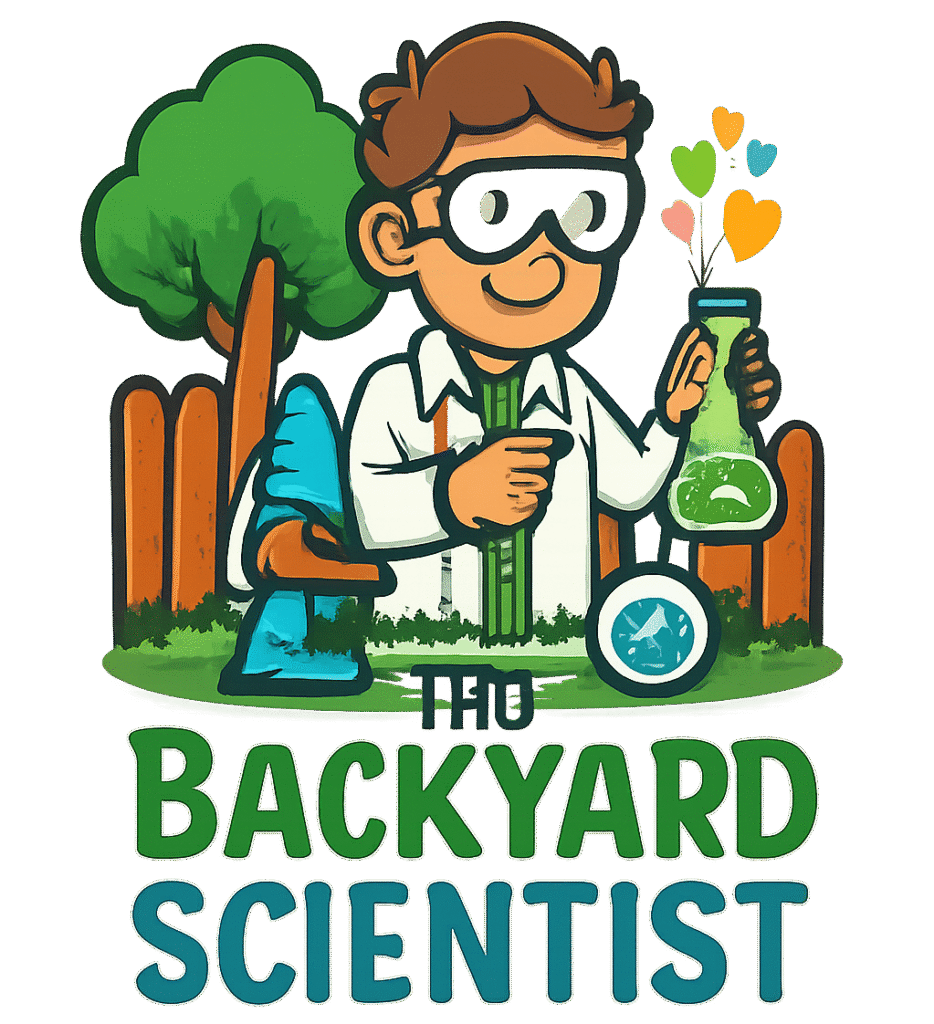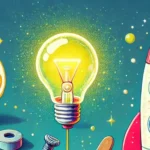Introduction
Have you ever wondered how water can seemingly defy gravity, moving uphill without any external force? This phenomenon isn’t magic—it’s science! The process is called capillary action, and it’s the same force that helps plants absorb water from the soil and makes towels soak up spills. But today, we’re going to explore this scientific marvel in a vibrantly colorful way with something called the “Walking Water Rainbow” experiment. This experiment not only demonstrates capillary action but also adds a burst of color, making it both educational and visually stunning.
What is Capillary Action?
The term “capillary action” might sound complicated, but it’s a simple concept. Capillary action is the ability of a liquid to flow through a narrow space, such as a tube or a porous material, without the need for pressure. This occurs because of two forces: cohesion and adhesion.
- Cohesion is the attraction between molecules of the same substance. In water, hydrogen bonds cause the water molecules to stick together, giving water a high surface tension.
- Adhesion is the attraction between different substances. In the case of capillary action, it’s the attraction between water molecules and the material of the tube or porous surface.
When these forces work together, they allow water to “climb” up a straw or seep through a paper towel. The narrower the space, the stronger the effect, which is why capillary action is so effective in thin tubes or fibers.
The Walking Water Rainbow Experiment
So, how do we turn this scientific principle into a colorful experiment? The Walking Water Rainbow is a simple, fun activity that showcases capillary action in action while adding a rainbow twist. Here’s what you need to create your own Walking Water Rainbow:
Materials Needed:
- 3-5 small cups or containers
- Water
- Food coloring (red, orange, yellow, green, blue, and purple)
- Paper towels (white and absorbent)
- A thirsty plant or a flat surface for demonstration
- Optional: A stopwatch or timer for measuring
Step-by-Step Guide to Creating Your Walking Water Rainbow
-
Prepare the Colors:
Fill each cup with water, and add a few drops of food coloring to each cup, creating a rainbow of colors. The more vibrant the colors, the more stunning the result will be. -
Set Up the Experiment:
Arrange the cups in a straight line, leaving enough space between them for the paper towels to spread out. If using a plant, place it at one end of the line. -
Soak the Paper Towels:
Cut strips of paper towel and place one end of each strip into the colored water. The other end should hang over the edge of the cup or container. -
Watch the Colors Migrate:
As the minutes pass, you’ll begin to see the colored water moving up the paper towels. The water will spread outwards, creating a rainbow effect as the colors mix and blend. -
Observe the Results:
Over time, the colors will “walk” across the paper towels, creating a beautiful, vibrant spectrum. The water is being drawn through the paper towels via capillary action, demonstrating how this natural phenomenon works.
Why Does This Happen?
So, why does the water move up the paper towel? It’s all about the capillary action at play. The paper towel is made up of tiny fibers that create a narrow space for the water to flow through. The adhesion between the water molecules and the paper towel fibers is stronger than the cohesion between the water molecules themselves, so the water is pulled up the towel.
Applications of Capillary Action
While the Walking Water Rainbow is a fun and educational experiment, capillary action has many real-world applications. Here are just a few examples:
-
Plants and Soil:
Capillary action is essential for plant growth. Plants rely on capillary action to draw water from the soil up their roots and into their stems and leaves. Without capillary action, plants would be unable to absorb water, and life as we know it wouldn’t exist. -
Everyday Products:
Capillary action is the reason why paper towels soak up spills, sponges absorb water, and cloth diapers work. It’s also the principle behind technologies like inkjet printers, which use capillary action to deliver ink onto paper. -
Medical Applications:
Capillary action plays a role in medical devices like diagnostic tests. For example, in pregnancy tests, capillary action drawn urine samples through the test strip, allowing the test to detect pregnancy hormones. -
Environmental Science:
Capillary action helps in cleaning up spills and pollutants in soil. It’s used in processes like soil remediation, where contaminated soil is treated by using the natural capillary action of the soil to remove harmful substances.
Rainbow of Fun: Creative Variations
Once you’ve mastered the basic Walking Water Rainbow experiment, you can take it to the next level by adding your own creative spin. Here are a few ideas to get you started:
-
Layered Colors:
Instead of using a single color in each cup, try layering different colors in the same cup. This creates a gradient effect as the water moves through the paper towel. -
Different Materials:
Experiment with different materials instead of paper towels. Try using cloth strips, sponges, or even coffee filters to see how the absorption rate changes. -
Timed Challenge:
Set a timer and see how far the colors spread over a set period. This can lead to interesting observations about the speed of capillary action in different materials. -
3D Design:
Create a 3D version by arranging the cups in a circle or other shapes. This adds a fun twist to the experiment and creates a more dynamic visual display.
Tips and Tricks for Success
-
Use High-Quality Paper Towels:
Thicker, more absorbent paper towels will work better than thin ones. Look for towels with a high absorbency rating for the best results. -
Choose the Right Colors:
Bright, vibrant colors will make the experiment more visually stunning. Consider using fluorescent colors for an extra pop. -
Let it Sit:
Be patient and let the experiment run its course. The longer it sits, the farther the colors will spread. -
Encourage Questions:
Use this experiment as a teaching moment. Encourage kids to ask questions and make observations about what they’re seeing.
FAQ: Answering Your Questions
-
What is capillary action?
Capillary action is the process by which water moves through a narrow space, such as a tube or a porous material, without the need for external pressure. -
What causes capillary action?
Capillary action is caused by the combination of cohesion (attraction between water molecules) and adhesion (attraction between water molecules and another material). -
Can I use other liquids instead of water?
Yes! You can experiment with other liquids like juice or oil, but water works best due to its high surface tension. -
Is this experiment safe for kids?
Yes! This experiment is safe and fun for kids of all ages, as long as they’re supervised while handling materials.
Conclusion
The Walking Water Rainbow experiment is more than just a colorful science project—it’s a living demonstration of the natural forces that shape our world. By understanding capillary action, we gain insight into the hidden mechanisms that make everyday processes possible. Whether you’re a student, a teacher, or simply someone who loves learning, this experiment offers a fun and engaging way to explore the science behind the scenes.
So, grab some cups, paper towels, and food coloring, and get ready to witness the magic of capillary action in living color. Who knows? You might just find yourself amazed by how water can “walk” in a rainbow of colors!



